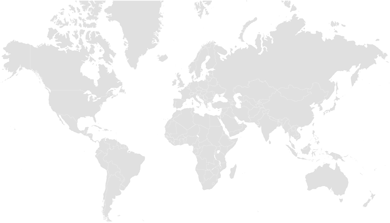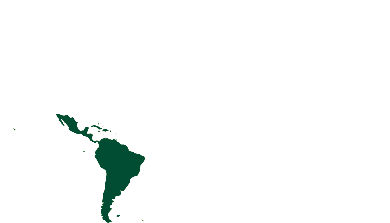Guidelines and manuals
2018 • Ministry of Environment and Water in Bolivia (MMAyA) Technical guide for wastewater reuse in agriculture in Bolivia
This technical guide provides a comprehensive framework for the safe and efficient reuse of treated wastewater in agriculture. It includes best practices for evaluating water quality and wastewater treatment options for improving it, selecting suitable soil conditions and crops, mitigating health risks, and implementing irrigation strategies. The guide aligns with international guidelines (WHO) and national policies to support sustainable water management in regions facing water scarcity in Bolivia.
The tool is designed for agricultural planners, wastewater treatment operators, policymakers, and farmers, offering practical steps to integrate treated wastewater into irrigation schemes while ensuring environmental and public health safety.
Recovered Materials & Products
Water
Waste Streams
Wastewater
Confirmed countries
Afghanistan


What is this tool intended for?
The tool is intended to guide technicians and local producers in Bolivia to implement more responsible actions in the reuse of wastewater treatment in agriculture, including incorporating practices and recommendations to protect the environment and safeguard human health.
How does this tool work?
The guide provides a step-by-step methodology for wastewater reuse, including:
- Water Quality Assessment – Measuring chemical, biological, and physical parameters.
- Treatment and Pre-Treatment Methods – Filtration, disinfection, sedimentation, etc.
- Selection of Suitable Crops – Identifying crops that can safely use treated wastewater.
- Irrigation Techniques – Recommendations on the best application methods for wastewater.
- Risk Management – Strategies for pathogen and contaminant reduction.
Who might use this tool and with which types of stakeholders?
Farmers and agricultural associations, sanitation and agriculture technicians, local government officials.
What stages of a process can this tool support?
Feasibility assessment, planning and design, implementation, monitoring and evaluation.
What skills, capabilities and resources are required to use this tool?
Technical skills in agriculture and wastewater treatment, financial resources.
Where can this tool be used?
Peri-urban and rural agriculture settings in close proximity to wastewater treatment plants (decentralized or centralized)
Case examples of where this tool has been used
Bolivia
Get the Tool
The guideline is available online and freely accesible at the link below
https://www.bivica.org/file/view/id/5508
Technologies
Ultrafiltration
Microfiltration
Themes
Assessment
Design
Technologies
Operation and maintenance
Safety